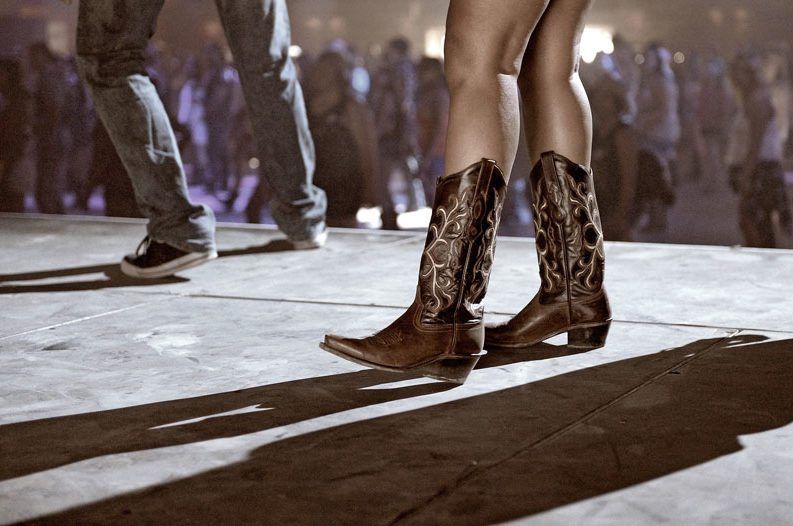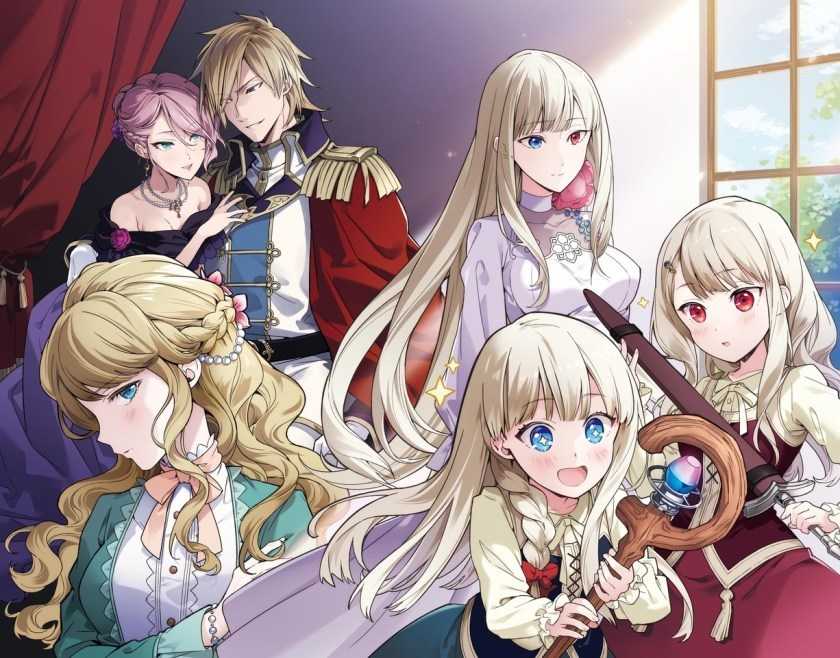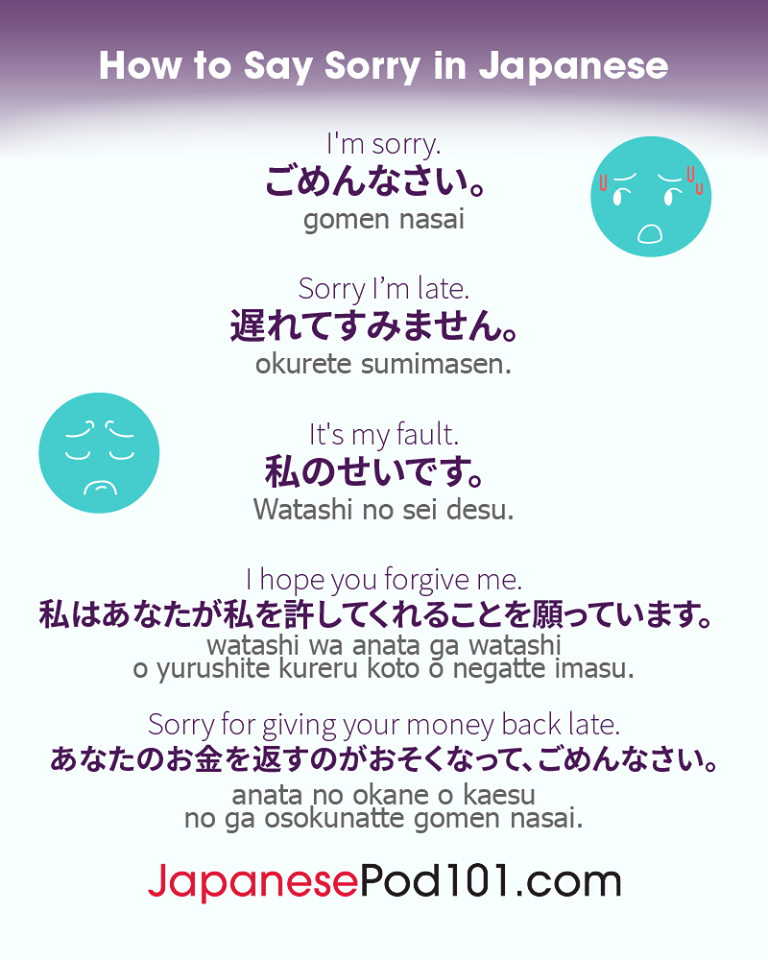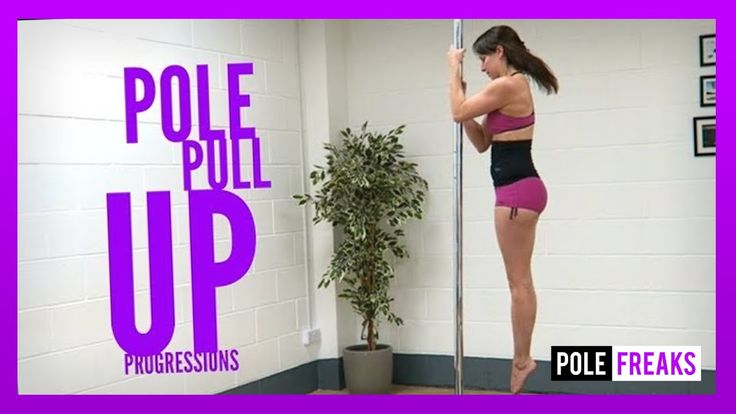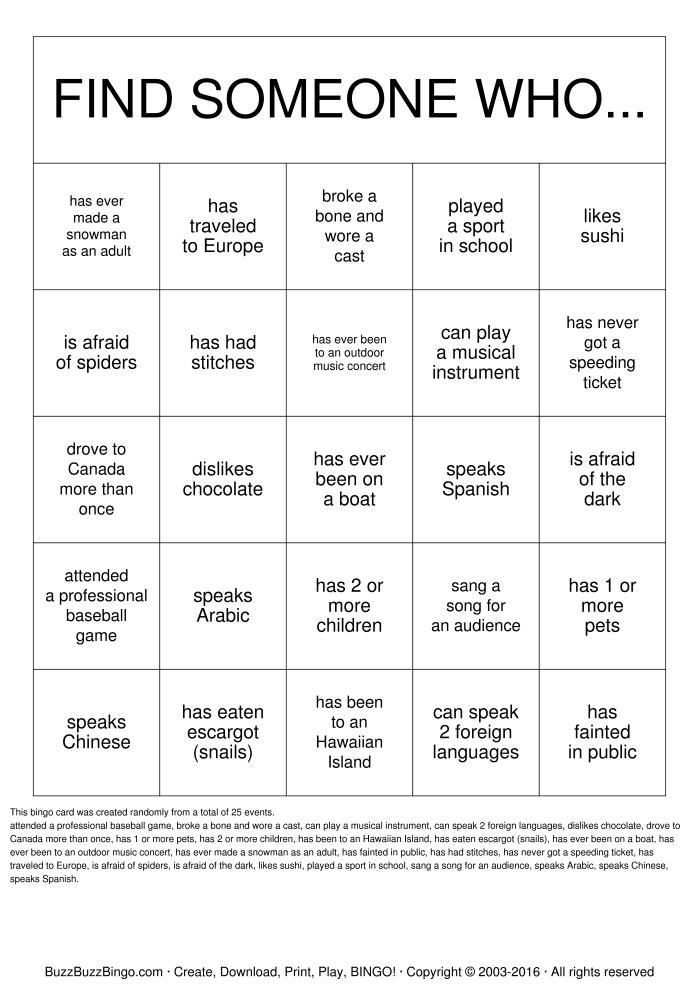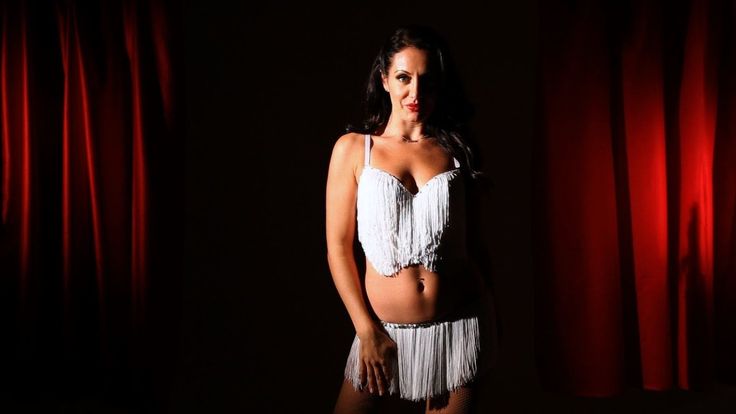How to dance country western
Country dance lessons - 2 step country western dancing
Learn how to country dance with our videos. This dance style is done both socially and competitively mostly in the USA! Country Western dancing includes a few different dances such as: country 2 Step, Polka, Waltz and Swing. There are many Line Dances as well. This is a fun style of dance and there is much to learn. Here are some free basic steps you can learn right away.
Country dance lessons
How to 2 step – Country dance basic step:
This is the most basic step in partner country dance. It is basically just 4 walks forward for the guys and 4 walks back for the ladies. The way to count is Q,Q,S,S.
How to Do Basic Turn in Closed Position – Country dance:
In this second lesson you will build on what you just learned above. This step shows you have you can turn around one another and switch directions. The guys need to lead the ladies strongly so that they can pass through.
How to Do the Cowboy Boogie – Country dance move:
Learn this Country Line Dancing routine. You do this one all on your own! This is great for those of you who don’t always have a partner around. You can teach it to your friends and dance it all together at your favorite bar.
History of Country dancing:
Country dancing was actually born out of foreigners from England, Ireland and Africa. They brought their styles of dance from their home countries to America including Waltz and polka. Later, Polka evolved into the 2-step which is the essential dance of Country dancing.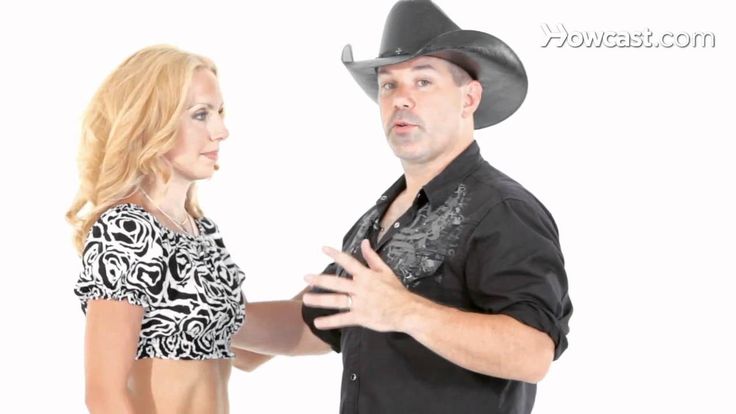 Other styles that are considered Country dancing are Country Waltz, Cowboy cha cha and East/West Coast Swing.
Other styles that are considered Country dancing are Country Waltz, Cowboy cha cha and East/West Coast Swing.
People would dance just about anywhere they could – in bars, dance halls and house parties. In the 1920’s Country music was commercialized and with it Country Western style of dancing. Cowboys loved to dance and would often dance in bars late at night by leading this very social dance. Because of the Cowboy boots this dance involves the technique of using the heel and only later landing to the toe, there is a relaxed, calm upper body with minimal hip action.
Leading and following Tips:
– Both partners must maintain a nice posture and stretch up. From there, you want to connect to one another through the man’s left hand and ladies right hand.
– When the man leads he doesn’t use his arms, but instead his own body weight… By moving his body forward hi gives a very strong single that he wants to move. At the point the the ladies feel the man’s spine moving forward, they need to respond as fast as possible and move.
– The man is responsible to lead the lady’s direction and timing. For example, if the man wants to syncopatesome steps he needs to make that very clear to his partner.
Want to learn other dances? Visit the page below:
https://www.learntodance.com/online-dance-lessons/
Other dance styles:
How to Ballroom dance
Social basic dance steps – Ballroom
Ballet dance terms
how to hip hop dance
How to breakdance
How to dance in a club and parties
Country Swing Dance Basics | Everything You Need to Country Dance!
What is Country Swing?
The likely origin of country swing came as hustle dancers followed John Travolta off the disco dance floor and into the country bar after the hit movie Urban Cowboy. While western swing music tracks back to the 1930’s or 1940’s the dance style of Country Swing as we see it today look a lot like the hustle of the 1970’s. It’s a simple, high energy dance style that doesn’t require a lot of dance floor an is perfect for crowded country bars and dance halls.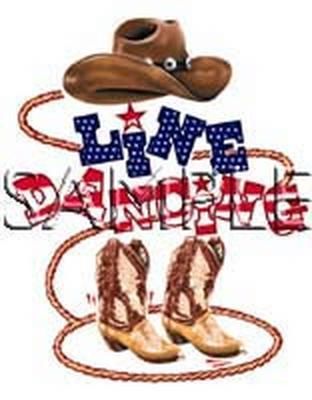
Although this video is titled “what is country two step” it really talks about the history and progression of country dancing in general – Plus it’s pretty entertaining!
Country Swing Dancing
Country Swing Dancing is now a popular dance style especially in Texas, Oklahoma and California. Really though I’ve seen it in country bars outside the USA in places like Calgary Canada. It’s a super fun dance that can be seen anywhere there is a country or western influence. While there are other types of swing dances like west coast swing, or east coast swing, country swing is its own style!
Basic Country Swing Dance Steps
The basics of country swing are easy! With just a few moves you’ll be dancing the night away. All you need are the basic, some turns, a hammerlock, cradle, the slide and a signature of country swing, the lean! You can learn them all below!
Jump to a move with these time stamps:
Basic Technique 1:20
Basic Step 2:35
Turns 4:27
Hammerlock 9:43
Cuddle 11:31
Lean 15:18
Slide 20:00
Country Swing Moves
Ok this is where it gets fun! There are endless country swing moves and patterns you can do. Again the best part is they are all pretty darn easy. In the video below we walk you through some of the most common cool moves you’ll want to learn for your next night out dancing!
Country Swing Dance Songs
While we have lists of our favorite east coast swing songs, west coast swing songs and even country slow dance songs, we have to suggest a couple friends for the best country swing dance music. This country swing spotify playlist will be sure to get you up dancing.
This country swing spotify playlist will be sure to get you up dancing.
Country Swing
Ok so at this point you’re hooked on dancing right? You might be wondering what’s next? Well the dance world is big and there are lots of dances to learn. If you want a step by step way to improve not only your country swing but also dances like country two step, nightclub, WCS and ECS then head over to our video vault. It’s like Netflix for Dancers!
Powered by Convert Plus
Powered by Convert Plus
Powered by Convert Plus
Powered by Convert Plus
Powered by Convert Plus
History of Swing - breakdance school discovered Charleston and Lindy Hop.
On March 26, 1926, the Savoy Ballroom opened its doors in New York. It became an immediate success with a block-long dance floor and a raised double bandstand. The night dances attracted most of the best dancers in and around New York. Featuring the best dancers and the best black bands, the music at the Savoy is heavily swing jazz.
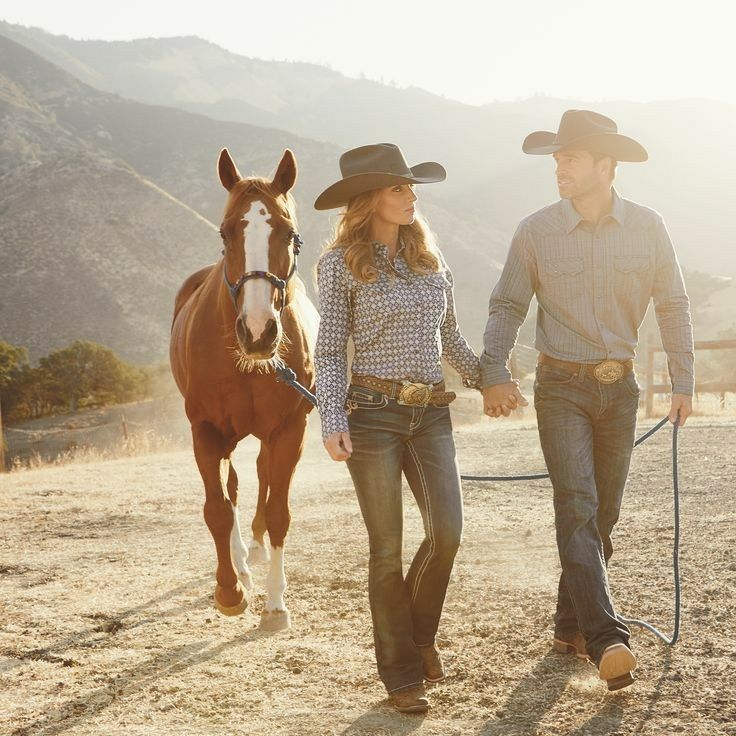 One evening at 7 pmIn 1926, after Charles Lindbergh's flight to Paris, local dance enthusiast "Shorty George" Snowden watched the dancing couples. A newspaper reporter asked him what kind of dance they had. It so happened that on the bench next to them lay a newspaper with an article about Lindbergh's flight. The headline read "Lindy Hops The Atlantic" (Lindy Hops the Atlantic), George caught his eye and he said "Lindy Hop". That's how the name stuck.
One evening at 7 pmIn 1926, after Charles Lindbergh's flight to Paris, local dance enthusiast "Shorty George" Snowden watched the dancing couples. A newspaper reporter asked him what kind of dance they had. It so happened that on the bench next to them lay a newspaper with an article about Lindbergh's flight. The headline read "Lindy Hops The Atlantic" (Lindy Hops the Atlantic), George caught his eye and he said "Lindy Hop". That's how the name stuck. In the mid-30s, a peppy, galloping version of the six-count Lindy emerged. It became known as jitterbug (jitterbug). The author of the name is considered Cab Calloway (Cab Calloway), when at 19In 1934, the theme "Jitterbug" appeared in the repertoire of his orchestra. With the advent of Lindy Hop and Jitterbug, communities began to dance to modern jazz and swing as it developed at the time, with Benny Goodman spearheading the impact. The dancers soon incorporated tap and jazz movements into their dance.
In the mid-1930s, Herbert White, head bouncer at the Savoy, formed the Whitey's Lindy Hoppers dance troupe.
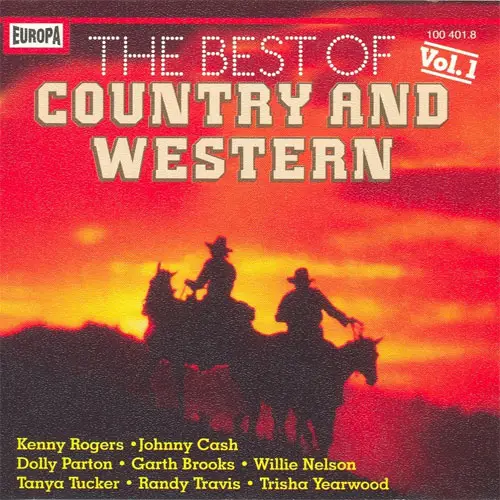 One of the most important members of the troupe was Frankie Manning. Hoppers have been featured in the following films: "A Day at the Races" (1937), "Hellzapoppin" (1941), "Sugar Hill Masquerade" (1942) and "Killer Diller" (1948). In 1938, the dance competition "Harvest Moon Ball" for the first time included Lindy Hop and jitterbug in the competition program. They were filmed and shown nationwide in newsreels at the Pathé, Paramount and Universal cinemas between 1938 and 1951.
One of the most important members of the troupe was Frankie Manning. Hoppers have been featured in the following films: "A Day at the Races" (1937), "Hellzapoppin" (1941), "Sugar Hill Masquerade" (1942) and "Killer Diller" (1948). In 1938, the dance competition "Harvest Moon Ball" for the first time included Lindy Hop and jitterbug in the competition program. They were filmed and shown nationwide in newsreels at the Pathé, Paramount and Universal cinemas between 1938 and 1951. In early 1938, Dean Collins arrived in Hollywood. He learned to dance the Lindy Hop, jitterbug and swing in New York and spent a lot of time in Harlem and at the Savoy. Between 1941 and 1960, Collins danced himself and helped choreograph dance routines for over 100 motion pictures. Today we can judge this by watching 30 second clips of California's top white dancers performing Lindy Hop, Jitterbug, Lindy and Swing.
In the late 1930s and 1940s, the media used the terms lindy hop, jitterbug, lindy, and swing and interchanged them to describe the same styles of dancing that took place on the streets, in nightclubs, at competitions, and in movies.
 By the end of 19At the age of 36, the Lindi took over the United States. As might be expected, the first reaction to the lindy from most dance instructors was a cool negative. In 1936, Philip Nuttle, president of the American Society of Dance Teachers, expressed the opinion that swing would not survive the winter. In 1938 Donald Grant, president of the Dance Teachers' Business Association, said that swing music "is a degenerate form of jazz whose adherents — the unfortunate victims of economic instability.” In 1942, members of the New York Society of Dance Teachers were told that the jitterbug (a direct descendant of the Lindy) could no longer be ignored.0003 Dance schools like the New York Society of Teachers and Arthur Murray didn't officially start documenting or teaching Lindy Hop, Jitterbug, Lindy and Swing until the early 40's. Ballroom dancers were more interested in learning foreign dances, such as Argentine tango, Spanish paso doble, Brazilian samba, Puerto Rican merengue, Cuban mambo and cha-cha-cha, English quickstep, Austrian waltz and, occasionally, American foxtrot and peabody.
By the end of 19At the age of 36, the Lindi took over the United States. As might be expected, the first reaction to the lindy from most dance instructors was a cool negative. In 1936, Philip Nuttle, president of the American Society of Dance Teachers, expressed the opinion that swing would not survive the winter. In 1938 Donald Grant, president of the Dance Teachers' Business Association, said that swing music "is a degenerate form of jazz whose adherents — the unfortunate victims of economic instability.” In 1942, members of the New York Society of Dance Teachers were told that the jitterbug (a direct descendant of the Lindy) could no longer be ignored.0003 Dance schools like the New York Society of Teachers and Arthur Murray didn't officially start documenting or teaching Lindy Hop, Jitterbug, Lindy and Swing until the early 40's. Ballroom dancers were more interested in learning foreign dances, such as Argentine tango, Spanish paso doble, Brazilian samba, Puerto Rican merengue, Cuban mambo and cha-cha-cha, English quickstep, Austrian waltz and, occasionally, American foxtrot and peabody.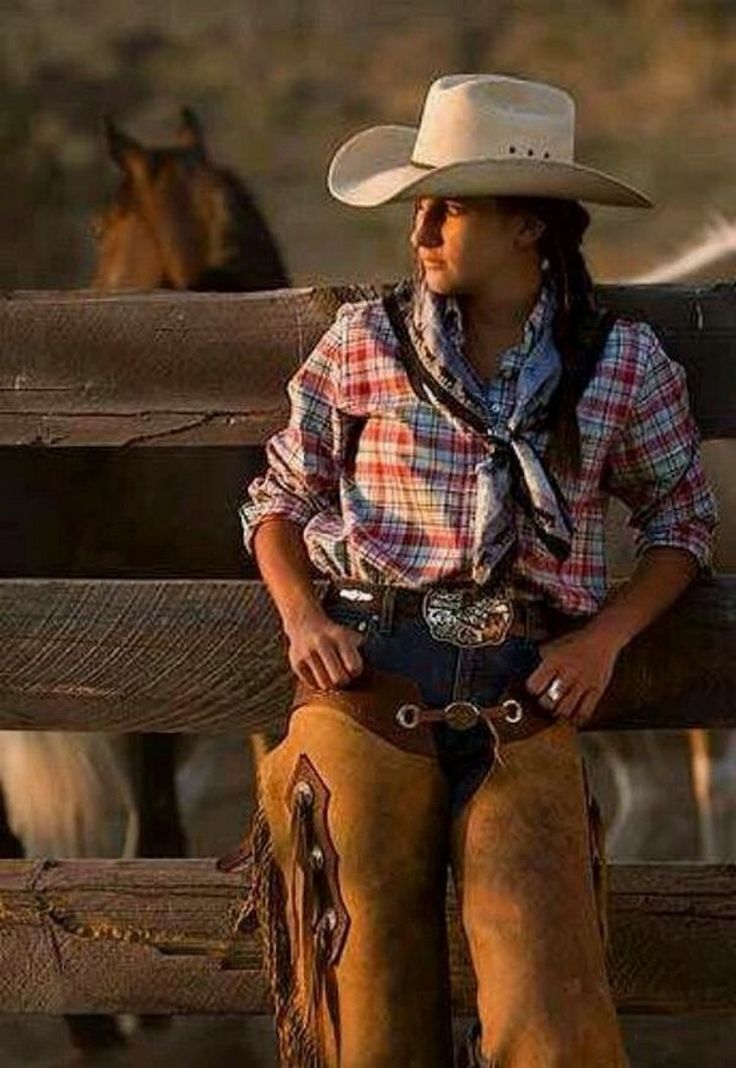
In the early 1940s, Arthur Murray's dance studio enthusiasts looked at what was happening on the dance floors in the cities and sent their teachers to teach what they were dancing. Thus, Arthur Murray's studios taught different styles of undocumented swing in many cities. nine0003 In the early 40s, Laura Haile, being a swing dancer and sportswoman, recorded what she saw at the dances of the white community. At the time, Southern California nightclubs and competitions were led by Dean Collins with Lenny Smith and Lou Southern. Laura Hale gave their style the name Western Swing. She began teaching at Arthur Murray's studios in 1945. Dean Collins coached Arthur Murry's teachers in Hollywood and San Francisco in the late 40's and early 50's. nine0003 After the war, soldiers and sailors returned from abroad and continued to dance at their military bases and beyond. The jitterbug was danced to country music in country bars and popularized in the 80s.
While between the 20s and 90s the music changed (jazz, swing, bop, rhythm and blues, rock and roll, beat, disco, country), lindy hop, jitterbug, lindy and swing have branched out in the US into many regional styles.
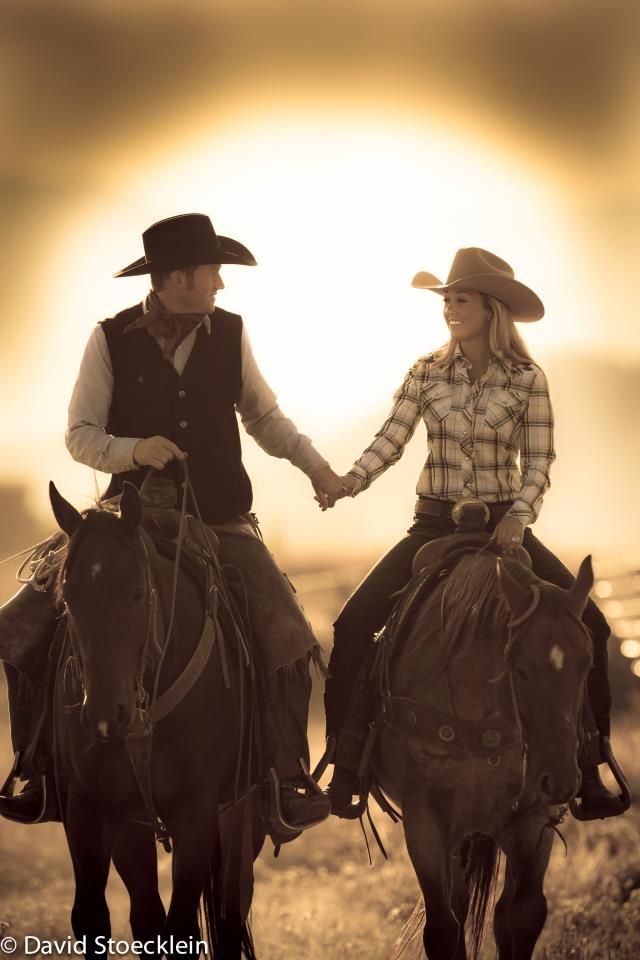 The late 1940s highlighted many dances that developed from rhythm and blues: Houston push (push) and Dallas whip (whip), imperial swing (in St. Louis), Washington hand dance (D.C. hand dancing) and Carolina shag (shag) — and these are just a few. nine0003 Laura Hale first published her dance notes as a western swing program in 1951 for the Arthur Murray Dance Studio in Santa Monica. In the 1950s, she presented this program throughout America in masterclasses sponsored by the Arthur Murray Studios. For the past 45 years, Laura Hale's "Original Western Swing Program" has been taught by Arthur Murray's studios with minor revisions.
The late 1940s highlighted many dances that developed from rhythm and blues: Houston push (push) and Dallas whip (whip), imperial swing (in St. Louis), Washington hand dance (D.C. hand dancing) and Carolina shag (shag) — and these are just a few. nine0003 Laura Hale first published her dance notes as a western swing program in 1951 for the Arthur Murray Dance Studio in Santa Monica. In the 1950s, she presented this program throughout America in masterclasses sponsored by the Arthur Murray Studios. For the past 45 years, Laura Hale's "Original Western Swing Program" has been taught by Arthur Murray's studios with minor revisions. From the mid-1940s to this day, Lindy Hop, Jitterbug, Lindy and Swing have been disassembled and refined in detail by ballroom dance instructors to adapt dance elements to the general public - maybe more clumsy, but paid for the lessons. As a result, ballroom dancing studios developed and developed "East Coast Ballroom Swing" and "West Coast Ballroom Swing".
 nine0003 In the late 1950s, television brought American Bandstand, The Buddy Dean Show, and other programs to teenage viewers. Teenagers danced rock and roll with Elvis Presley, Little Richard and Chuck Berry at the forefront of the attack, although in reality they were Slightly altered swing, lindy and jitterbug steps. In 1959, some of the dance communities in California, where Skippy's studio set the tone Blair (Skippy Blair), changed the name of Western swing to West coast swing (West Coast Swing), so there was no confusion with dancing in the style of country and western. nine0003 At the end of the 20th century, 60-year-old dancers twitch their feet to the sounds of shag, jitterbug, lindy and swing.
nine0003 In the late 1950s, television brought American Bandstand, The Buddy Dean Show, and other programs to teenage viewers. Teenagers danced rock and roll with Elvis Presley, Little Richard and Chuck Berry at the forefront of the attack, although in reality they were Slightly altered swing, lindy and jitterbug steps. In 1959, some of the dance communities in California, where Skippy's studio set the tone Blair (Skippy Blair), changed the name of Western swing to West coast swing (West Coast Swing), so there was no confusion with dancing in the style of country and western. nine0003 At the end of the 20th century, 60-year-old dancers twitch their feet to the sounds of shag, jitterbug, lindy and swing. SWING STYLES
Leader - Partner
Follower Partner
1. Savoy Swing: A style of swing popular at New York's Savoy Ballroom in 30-40 years, originally performed under swing music. Savoy swing very fast, bouncy, sloppy dance style
2. Lindy (Lindy): more ennobled style. nine0026
Lindy (Lindy): more ennobled style. nine0026
3. West Coast Swing: An agile style that was popular in California clubs in the 1930s and 40s. According to a population survey in 1989, it was recognized as a dance of the state of California.
4. Whip (Whip): a style popular in Houston, Texas, emphasizing the partner's rotation movements between dance positions with a swinging rhythm break (wave rhythm break).
5. Push: A swing style popular in the Texas capital of Dallas that emphasizes the partner's rotational movements between dance positions with a rock rhythm break. nine0026
6. Supreme Swing: A style of swing popular in Tulsa, Oklahoma.
7. Imperial Swing: A style of swing popular in St. Louis, Missouri.
8. Carolina Shag (Carolina Shag: A style popular in both Carolinas that emphasizes the virtuosity of the partner's legs.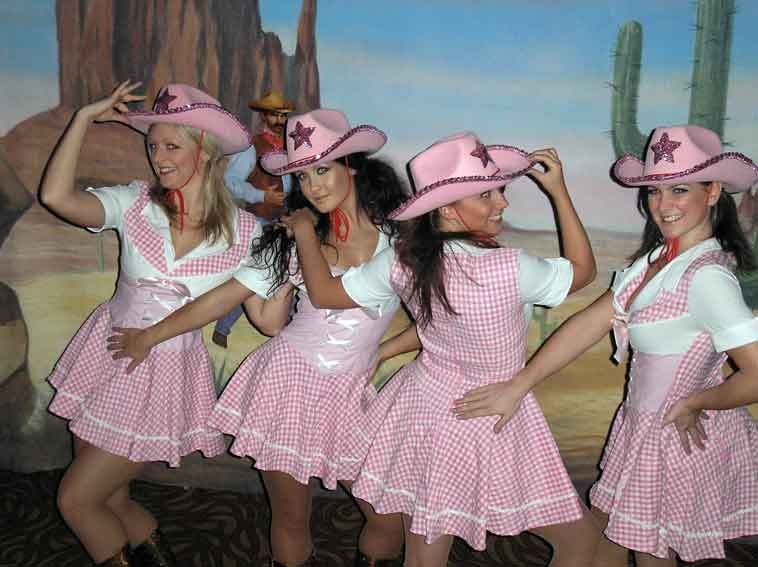
9. DC Hand Dancing, Washington fusion of lindy and swing. nine0026
10. East Coast Swing: A 6 count lindy popular in ballroom dance schools.
11. Ballroom West Coast Swing: A swing popular in ballroom dance schools, but different from the style played in California nightclubs and swing dance clubs.
12. Country-Western Swing: A style of jitterbug that gained popularity in the 1980 years old, and performed to country music.
13. Cajun Swing: Louisiana Delta Lindy played to Cajun music.
14. Pony swing: Cajun swing country-western style.
15. Jive: The international version of our dance style is called jive, and is performed at ballroom competitions dancing all over the world.
Popular dance directions - Dancejam
Dance is a form of performing art consisting of purposefully chosen sequences of movement.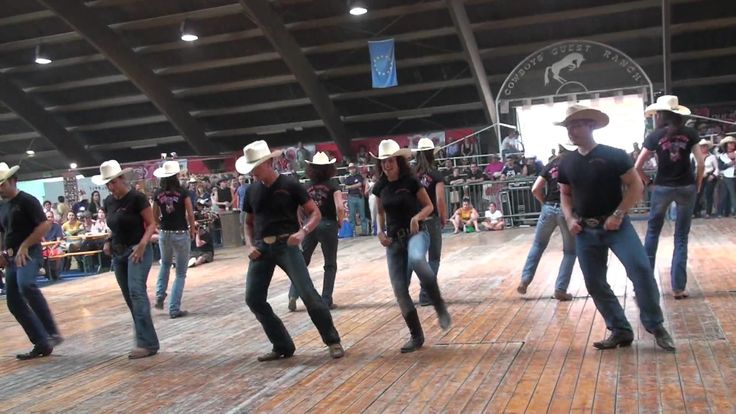 This movement has aesthetic and symbolic value and is recognized as a dance by performers and spectators in various cultures. It is believed that other forms of human movement have dance elements, such as martial arts, gymnastics, figure skating, synchronized swimming and other types of athletics.
This movement has aesthetic and symbolic value and is recognized as a dance by performers and spectators in various cultures. It is believed that other forms of human movement have dance elements, such as martial arts, gymnastics, figure skating, synchronized swimming and other types of athletics.
Ballet
Ballet originated in the 15th century, first in Italy and then in France. Ballet has influenced many other styles over the centuries. dance and became an independent form of fine art. There are three main styles:
- Classic : this form reached its peak in 19th century France and Russia. The productions are often based on a story and staged with fantastic sets and costumes. Movement emphasizes work pointe shoes, graceful expressions and symmetry.
- Neoclassical : this is the evolution of classical ballet that emerged in the early to mid 20th century. Movements are faster and more precise, with less emphasis on symmetry, simple scenery and costumes.
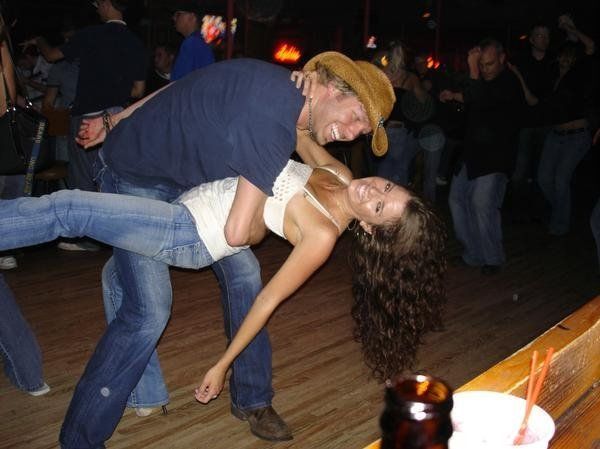 The plot is often missing. orchestras, groups or soloists may accompany the dancers. nine0094
The plot is often missing. orchestras, groups or soloists may accompany the dancers. nine0094 - Modern movement and physical expression that may not look like dance. Costumes and sets are often simple or abstract. Musical or sound works, if they are used, are modern or experimental.
Jazz
Jazz is a lively dance style that depends from originality and improvisation. Jazz dance has its origins in African American culture. Over time it has evolved into a street dance style, which soon crossed over to jazz clubs in the early 20th century. From ancient times to present, there are many influences that have added variety to this dance form. nine0017
Jazz combines all dance styles in a high-energy dance that has no traditional boundaries. On him influenced by ballet, modern, tap, hip-hop, African dance and many others styles. Jazz is most often accompanied by upbeat, bright and popular songs. Jazz shoes usually have leather split soles, which gives the dancer's foot more freedom to flex and move.
Tap dance
Like jazz dance, tap dancing comes from tradition African dance kept by slaves in the USA. The dancers wear special shoes with metal heels on the toe and heel, which turns their feet into musical instrument. Music is rarely used in this dance. nine0017
After the Civil War, the step turned into a popular form of entertainment on the Vaudeville circuit, and later became a staple early Hollywood musicals. The most famous masters of tap dancing - Bill "Bojangles" Robinson, Gregory Hines and Savion Glover.
Hip-hop
Another descendant of jazz dance, hip-hop, appeared on streets of New York in the 1970s in African American and Puerto Rican communities cities at the same time as rap and DJing. Breakdance with its plasticity, acrobatics, stunts and movements on the floor - this is the earliest form of hip-hop dance. Often teams of dancers held competitions to determine which the group has the right to be called the best.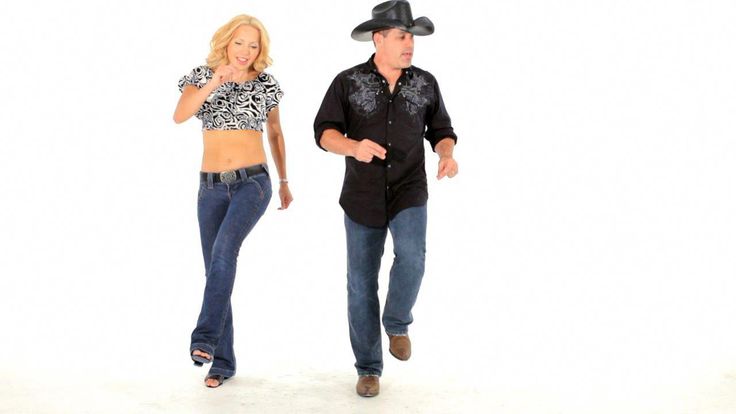 nine0017
nine0017
As rap music flourished and diversified, various styles of hip-hop dance. The most popular are locking and popping, also under the influence of hip-hop, a new style of jazz dance arose, which called jazz funk.
Modern dance
Modern dance is a dance style that overrides many of the strict rules of classical ballet, focusing on instead, on the expression of inner feelings. It appeared in Europe and the USA in early 20th century as a revolt against classical ballet, emphasizing creative approach in choreography and performance. nine0017
Choreographers including Isadora Duncan, Martha Graham and Merce Cunningham, developed methods of reduction, expression of the internal state, movement and breathing, performed under the avant-garde or experimental musical accompaniment. These choreographers have also collaborated with artists working in other areas such as lighting, projection, sound or sculpture.
Swing
Swing is another offshoot of traditional jazz dance that has become popular since swing bands became the dominant form of popular entertainment in the late 1930s and early 40s years. Unlike other forms of jazz dance, which emphasize individuality, swing dance is a partnership. Couples rock, spin and jump together in synchronous time, usually with a fixed amount choreographic steps repeated in a certain sequence.
Unlike other forms of jazz dance, which emphasize individuality, swing dance is a partnership. Couples rock, spin and jump together in synchronous time, usually with a fixed amount choreographic steps repeated in a certain sequence.
Contra
Contra dance is a form of American folk dance in which the dancers form two parallel lines and perform a sequence dance movements with different partners along the entire length of the line. Dance has its roots in similar folk dances from the colonial era Great Britain. Folk music from the British Isles or the USA is the most common form of accompaniment. nine0017
Country and Western
Country and Western dance is a broad category of many dance styles, which includes the influence of contrast, folk and even country jazz or western music. Waltzes and two steps are the most common partner dance forms, but you can also find variations in the polka and other folk dances brought to the USA by German and Czech immigrants. Square dances and line dances where people dance in hard, choreographic positions with several partners or as part of a group, have place in this style. nine0017
Square dances and line dances where people dance in hard, choreographic positions with several partners or as part of a group, have place in this style. nine0017
Belly dance
Belly dance originated from the folk traditions of the Middle East, but its exact origin is unknown. Unlike most forms Western dances that emphasize intricate footwork and choreography partner, belly dance is a solo performance that focuses on torso and thighs. The dancers combine a series of fluid movements to emphasize the rhythm, hip curves, rotations and vibrations of the torso to add variety and detail.
Flamenco
Flamenco dance is an expressive dance form which combines percussive footwork reminiscent of tap dancing with complex hand and body movements. It originated from the cultures of the Iberian Peninsula in 1700s and 1800s, although its exact origin is unclear. Flamenco consists of three elements: song, dance and playing the guitar.
Latin dance
Latin dance is a broad term for forms ballroom and street dances that developed in the 19th and 20th centuries in Hispanic Western hemisphere.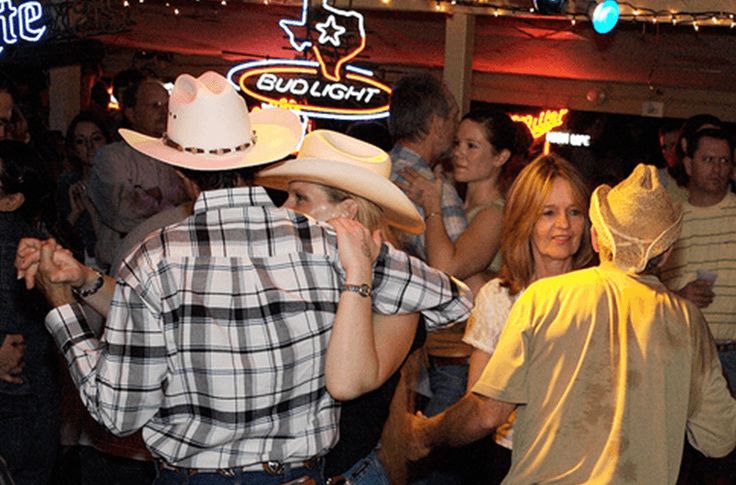
Many styles of Latin dance originate in certain region or country. Tango, with its sensual partners and spectacular movements, originated in Argentina. Salsa developed in Puerto Rican, Dominican and Cuban communities in 1970s New York.
Other popular Latin dance forms include mambo, which originated in the 1930s in Cuba; bomb - folk style of rhythmic dance from Puerto Rico; and meringue - Dominican style of dancing with partners and hard hip movements. nine0017
Folk dance
Folk dance is a general term that can to refer to various dances that have appeared over the centuries around the world, he has no particular choreographer, his forms have evolved from generation to generation and studied informally. Each country and region has its own unique style of folk dance. There are various forms of folk dances that can be seen throughout world: from energetic Indian folk dances to Scottish country dances, they have their own beauty and charm. Music and costumes reflect ethnic dancer traditions.